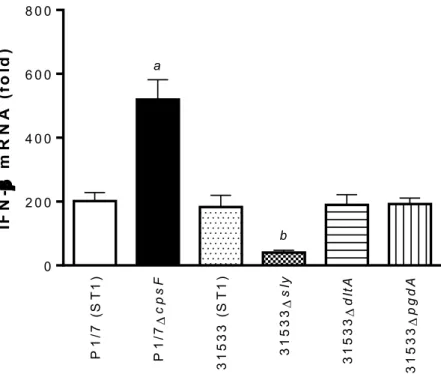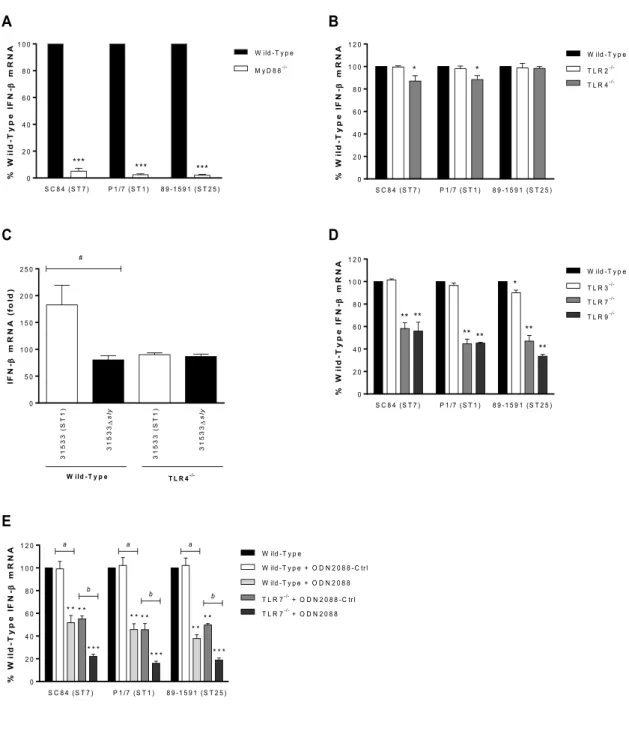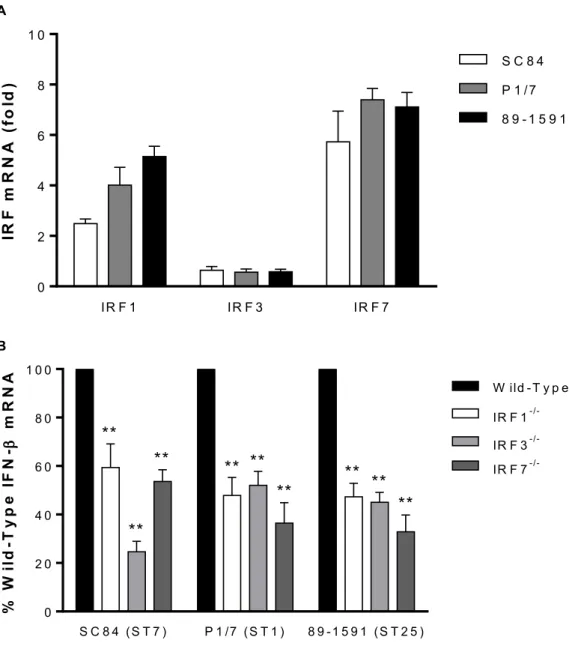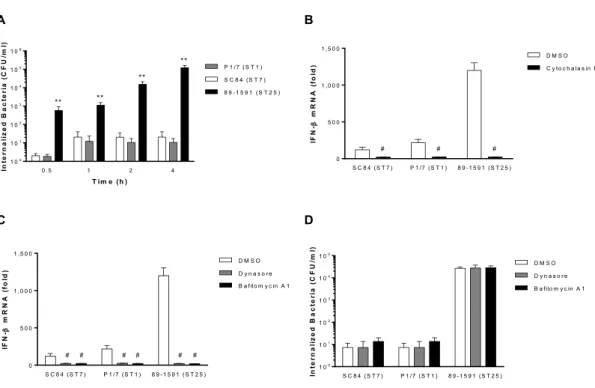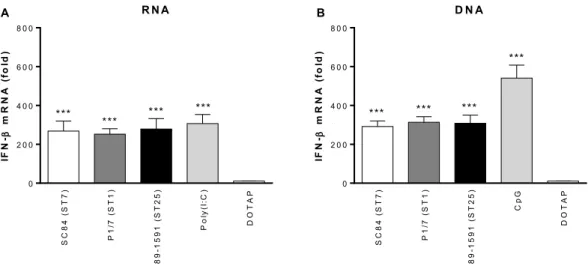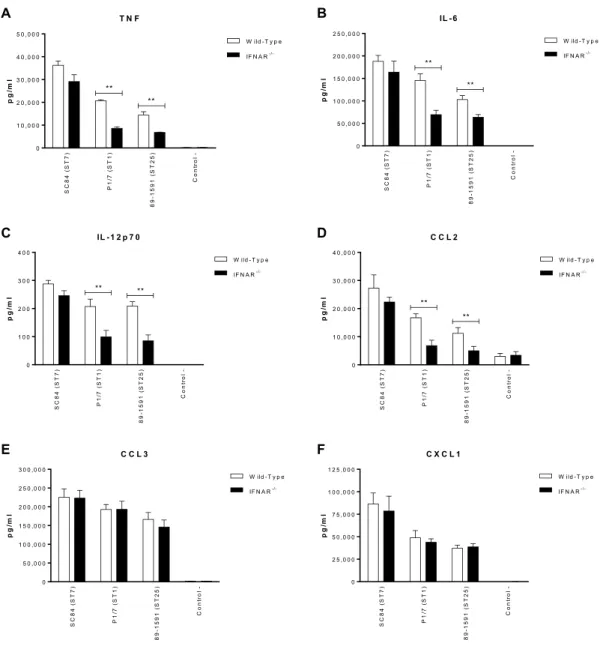The role of interferon Beta (IFN-β) in the pathogenesis of infection caused by streptococcus suis serotype 2
Texte intégral
Figure


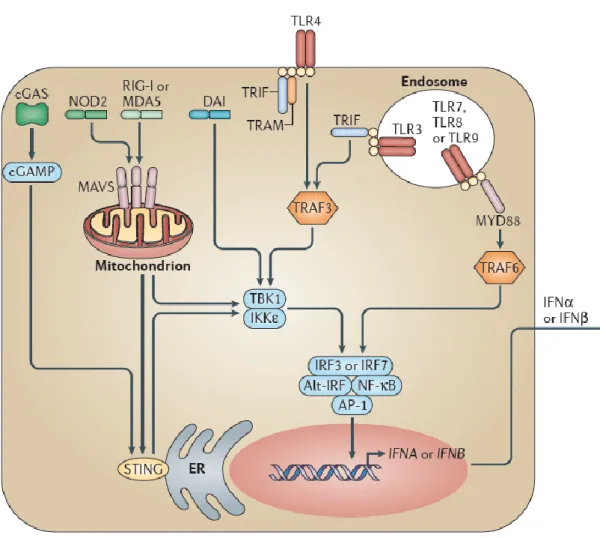

Documents relatifs
In order to prominently demonstrate the environmental im- portance the EoL phase can play within the entire life cycle of a modern mobile phone network and to prospectively
By using the generalized Littlewood theorem about a contour integral involving the logarithm of an ana- lytic function, we show how an infinite number of integral equalities
Aussi, lorsque de tels tests seront deman- dés et que des mutations sont détectées, le pharmacien est le mieux placé pour donner les conseils aux patients sur les substances qu’il
Although the vital role of the fiber proteins of FAdV-1 (CELO strain) in viral infection and replication have been demonstrated using CELO mutants express- ing truncated fiber-1
Etiology, epidemiology and pathogenesis of streptococcosis with Streptococcus suis type 2 (Lancefield’s group R) in the pig... They could migrate in early lactation and
Finally, and differently from what has been observed in a previous study [ 38 ], where the S. suis IgA protease encoded by iga gene was characterized as a critical viru- lence
Moreover, as previously described with other serotype 2 strains [ 38 ], the serotype 2 wild- type strain used in this study (SC84) did not bind porcine fibrinogen (Figure 7 C)..
The specificity of the potential primer regions was confirmed using the Ribosomal Database Project’s (RDP) Probe Match algorithm (Release 11, Update 5) [30]. Accordingly,
